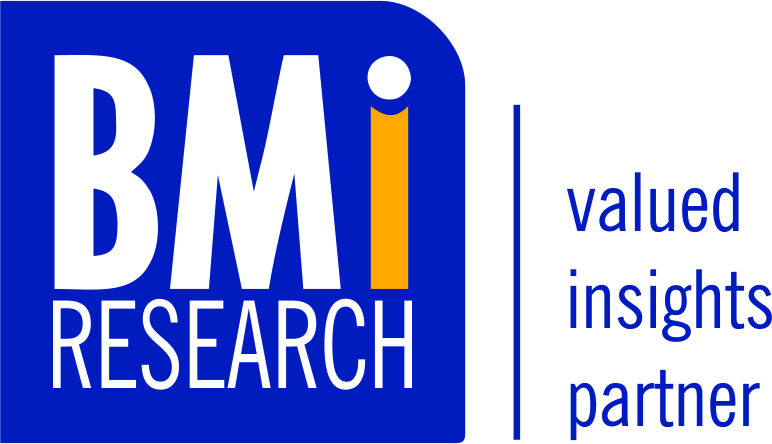
Sparkling Soft Drinks in SA Category Quantification 2019
Sparkling Soft Drinks in SA Category Quantification 2019
Sugar tax affects sparkling soft drinks volume negatively
The implementation of sugar tax affected the sparkling soft drinks volume negatively in 2018. This decline followed a consistent year-on-year volume growth in the past five years. The year under consideration (2018) proved to be a challenge to sparkling soft drinks producers and suppliers as the volume remained flat in response to the notable increase in industry selling price, attributed to the increase in VAT and sugar tax. The category recorded a minimal volume increase in 2018 whilst the value recorded a notable growth.
The local per capita consumption declined for the first time in over five years. The decline in local per capita consumption was as a result of the local volume declining whilst the population number and exported volume increased. Customers were purchasing less volume as their average disposable income declined and the household consumption expenditure slowed down.
The top end retail channel accounted for more than a third of the volume sold in 2018, followed by bottom end retail. Bottom end retail and wholesale channels were closer in size while other channels had minimal volume. Producers and distributors were focusing on wholesale and bottom end retail when distributing their products locally. The wholesale channel has been gaining share as producers look for alternative channels to distribute their products. The wholesale channel is considered cheaper in Rand per litre terms as customers are able to buy the products in bulk, reducing the unit selling price. This channel also feeds some of the bottom end retailers, forecourts and on consumption establishments that are not able to purchase the minimum number of units required to make an order from distributors. Bottom end retail is preferred by consumers as these stores are mostly found in areas where people live, cutting transportation costs. Volume exported increased as some players were looking for new markets to grow their brands within the SADC region.
PET bottles had the highest share of packaged volume in 2018, up from volume share recorded in 2017. This is the pack type of choice in this category, and had limited competition from other pack types. Cans and glass have been losing share in the market to PET. These pack types are mostly used for smaller pack sizes that are expensive in Rand per litre terms, and losing volume in 2018. There are some players that moved their 300/330ml cans into 300/330ml PET, as this pack type is cheaper and easier to transport.
The smaller cans (up to 275ml) declined the most in volume terms, followed by the 400-475ml cans. These pack size groups had smaller volume base and believed to have lost some share to 1-1.75L PET in the foodservice industry. The 1-1.75L glass also lost some share to the 1.75L and 2-3L PET pack size groups that are believed to be easier to carry and have lower price points. The 2-3L pack size group remained the mainstay of the industry, accounting for almost two-thirds of packaged volume sold in 2018. The majority of the producers pack their products in 2-3L pack sizes as they are easily available in the market. PET is expected to lead the category volume growth in the short to medium term. PET bottles and preform suppliers are expected to keep a closer look at this pack type format as there is negative media associated with single use plastic products.
Most of the producers changed their formulation before the sugar tax was implemented. The new formulations included low sugar and no sugar variants. The diet sub-category grew significantly during 2018, driven by flavoured diet variants. Most of the product producers indicated that their customers preferred flavoured drinks and it was easier to introduce the same flavours they identified with, in reduced sugar or no sugar formats. Flavoured regular accounted for 48.8% of volume sold in 2018, down from volume sold in 2017. Regular drinks in the sparkling soft drinks category, had a tough year with the implementation of sugar tax and lost volume to diet variants in 2018. The loss in share was attributed to significant increase in industry selling price for regular drinks after the implementation of sugar tax as well as the increase in health awareness. It is hypothesised that the overall price increase was too high and the retailers were not able to absorb this inflation like before, thus passing it on to their customers.
However, regular drinks recorded their highest volume growth in the first quarter of 2018 as producers were selling their floor stock at a lower price, awaiting the implementation of the new law. The sub-category has been losing volume and share from the second quarter of the year when prices soared up. Regular variants are expected to remain under pressure as the government increases the sugar tax fee. The new changes commenced on 1 April 2019.
The sparkling soft drinks category is expected to remain under pressure in the short to medium term, as selling price continues to increase and disposable income remains under strain. The industry value is expected to grow at a faster rate than the volume change during this period.
Read more here
Date
June 10, 2019
Category
Featured Reports
